Humanitarian groups, underfunded and overstretched, are doing a commendable job trying to make the refugees’ lives as dignified and comfortable as possible. Camps are laid out and organized carefully in an effort to ensure security; endeavoring to prevent gender-based violence, for instance, requires safe sanitation facilities, safe spaces for women and children, and the incorporation of female representatives into camp management decisions.
But the challenges left untackled are immense. The vast majority of Peuhl are illiterate and uneducated, so trying to put their children—many of them teenagers—into school for the first time is a difficult process. There are deep concerns among humanitarian groups that child marriage rates, already an endemic problem in the CAR, will explode in the camps. Humanitarian aid providers also face the difficult job of ensuring co-existence between refugees and the already-deprived communities that host them, to prevent conflicts over a host of basic resources.
Most importantly, though, there remains a pressing need to create conditions that will enable the refugees to return home safely and voluntarily. For that to happen, violence in the Central African Republic must be brought under control. The U.N. peacekeeping mission, supported by French and European Union forces, will need to act forcefully to protect civilians, standing their ground when the Seleka or anti-balaka threaten civilians. They face a difficult task, with almost no local security forces with which to work. Former soldiers of the national army and local gendarmes have left their posts; many have joined the anti-balaka, whose top leadership is almost completely made up of former army and police commanders. But reorganizing and rearming the army is considered too risky a solution at the moment.
Many Seleka soldiers want to join a newly constituted army, but their own horrific record of abuse and the hostility they are likely to face from the population means that integrating them will be difficult. Any effort to establish a new security force in the country, essential as it is, would require vetting and excluding people who have committed crimes.
In a similar vein, a return to normality in CAR requires justice both for the crimes committed over the last two years and for historical crimes. For decades, corruption and human rights abuses have marred the country. In 2004, the government referred the situation surrounding a 2002 coup to the International Criminal Court (ICC). Today, the ICC is trying the former vice president of neighboring Congo, Jean-Pierre Bemba, whose troops were called in 2002 to assist the then-president of the CAR and who committed grave crimes, including widespread sexual violence, against civilians. Aside from this ongoing prosecution, however, there has been complete impunity for those responsible for wrongs committed in the CAR over more than a decade.
CAR Interim President Catherine Samba-Panza referred the current conflict to the ICC in May, which was followed by the ICC prosecutor’s announcement in September that her office will open an investigation in the country for grave crimes committed since August 2012. This is one of the best hopes for victims of the conflict, but given the limited capacity of the ICC—which has active cases from seven other countries, can only handle so many cases at a time, and has recently struggled with pressure and criticism surrounding its handling of 2007 violence in Kenya—it cannot be the only answer.
National prosecutions will be essential. The national justice system needs to be restarted and strengthened with international experts to try war crimes and crimes against humanity—which requires a long-term commitment. The interim government, along with international partners, should take the necessary steps to ensure that the justice system can investigate crimes committed by all parties in an impartial, effective, independent, and secure manner. This will have the secondary effect of rebuilding trust in the rule of law and national institutions, which the people of the CAR lost.

















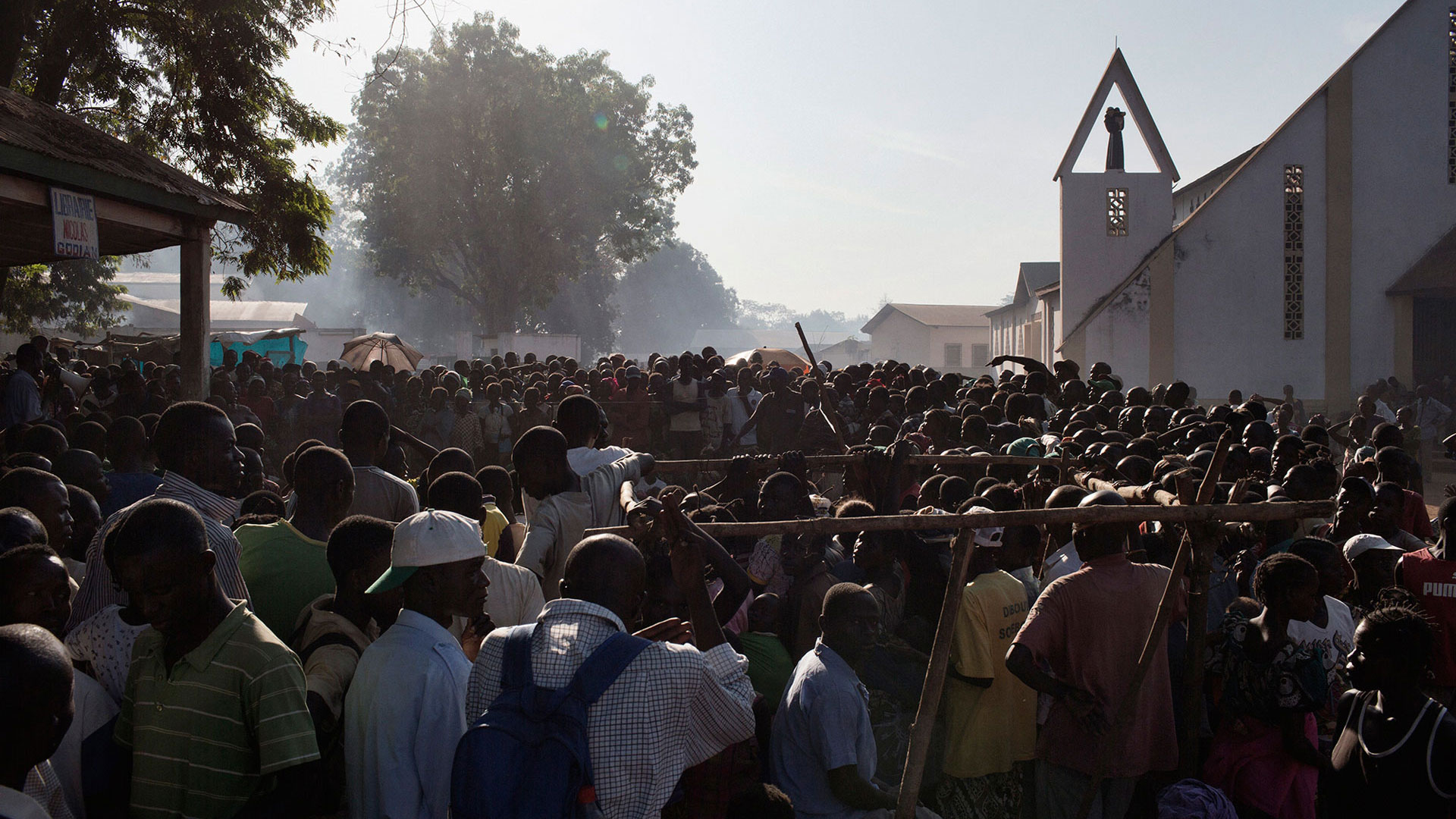

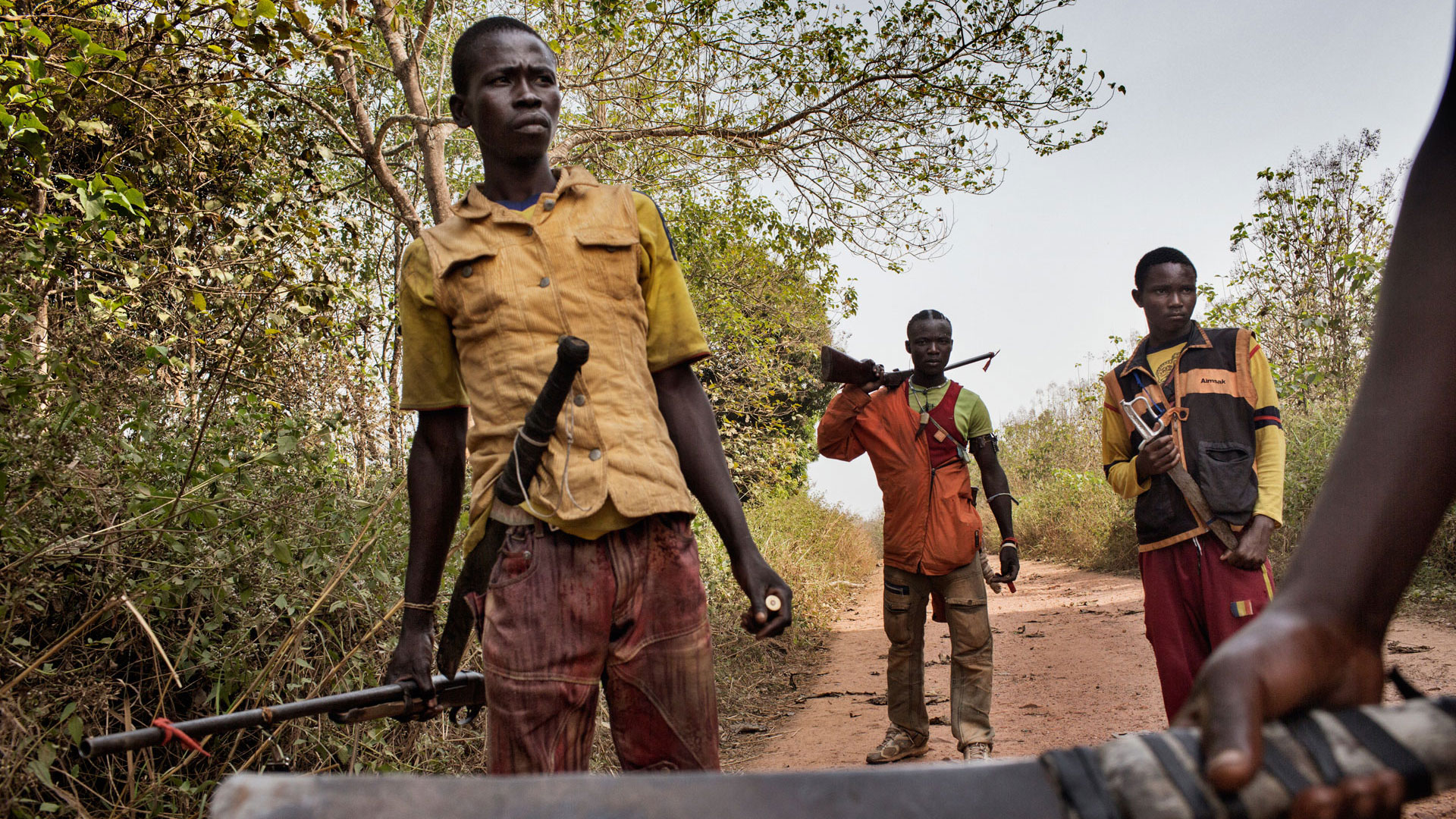




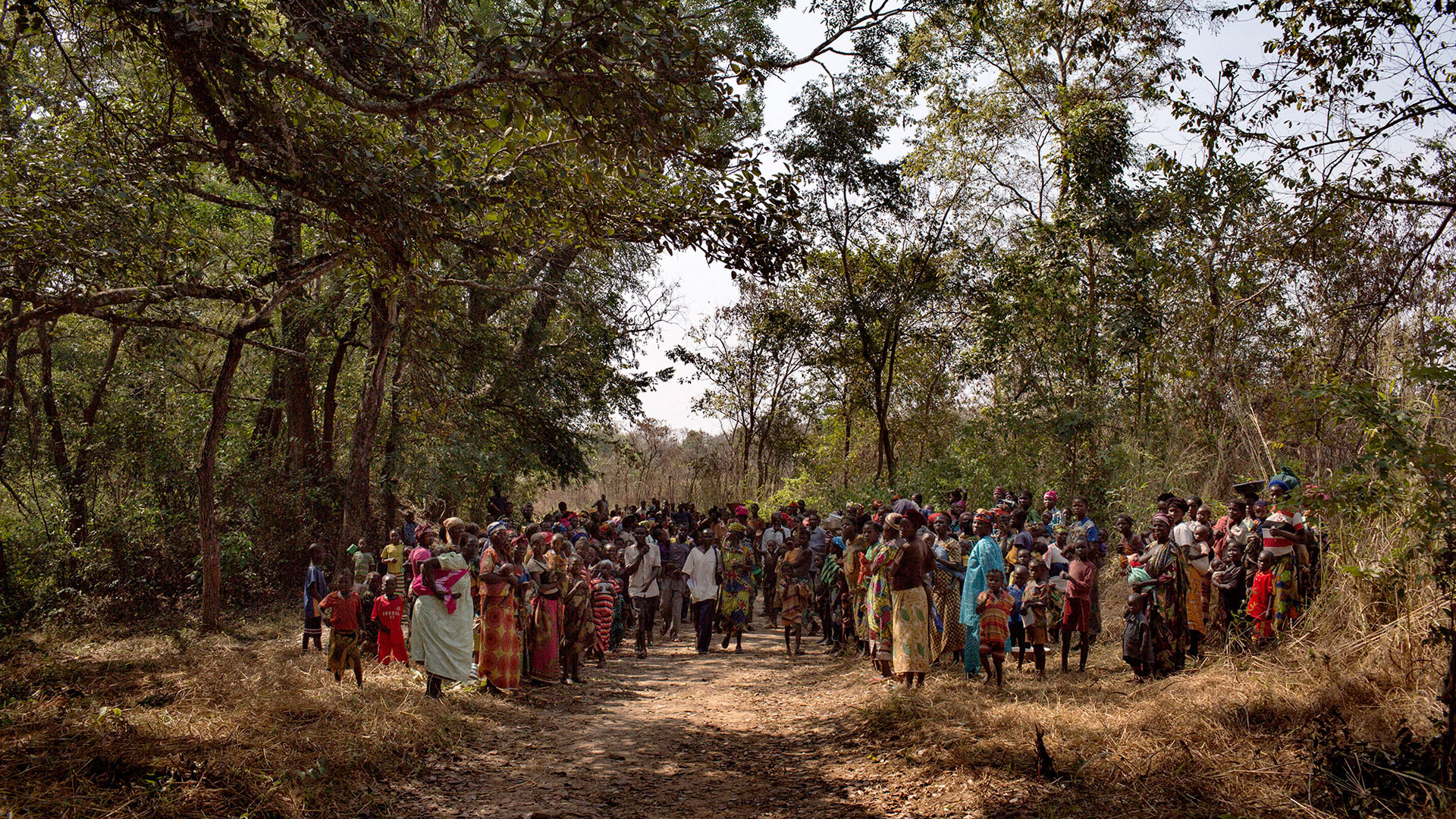
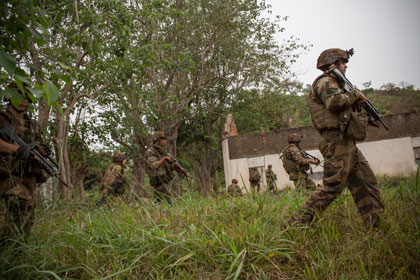



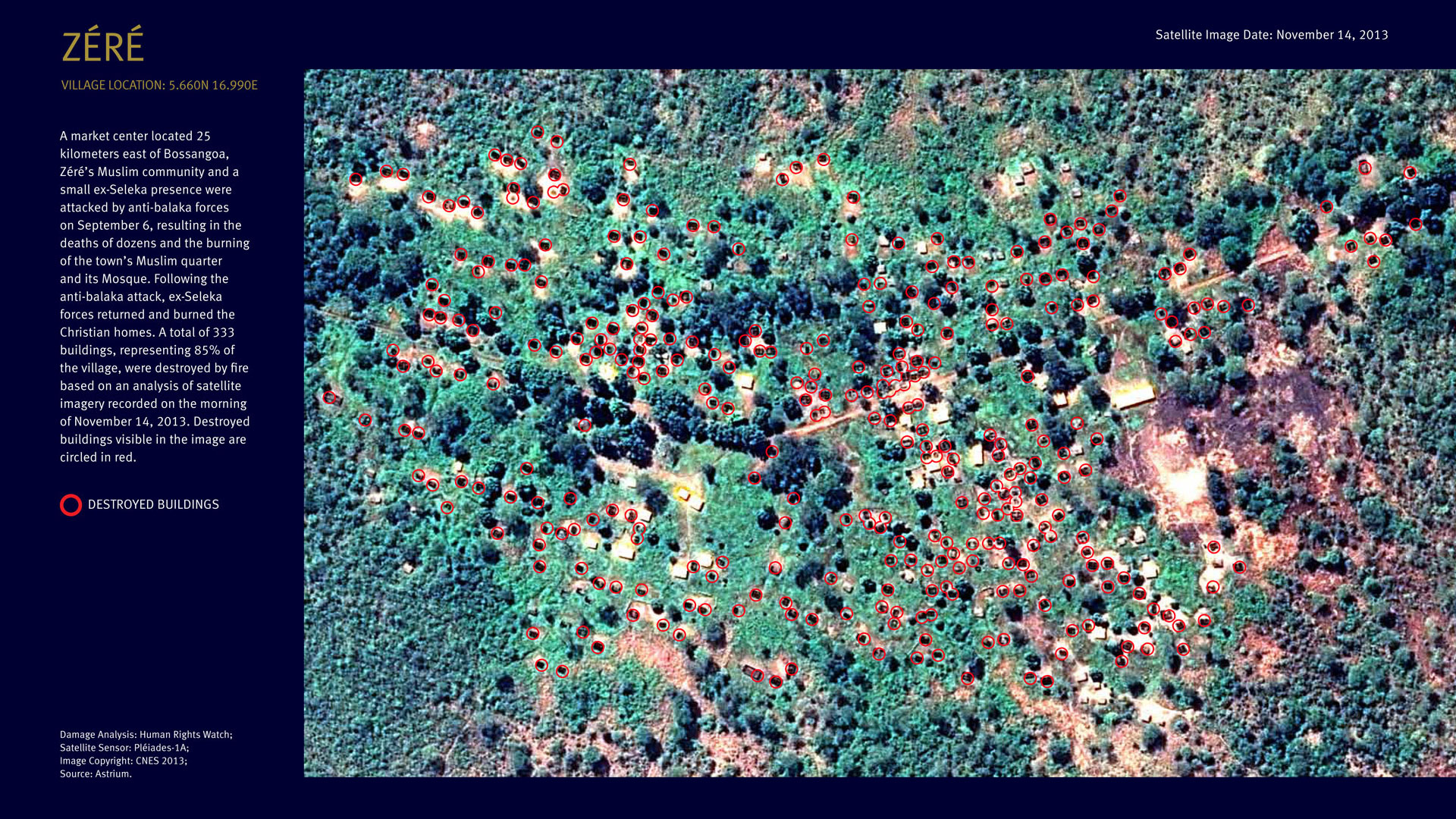

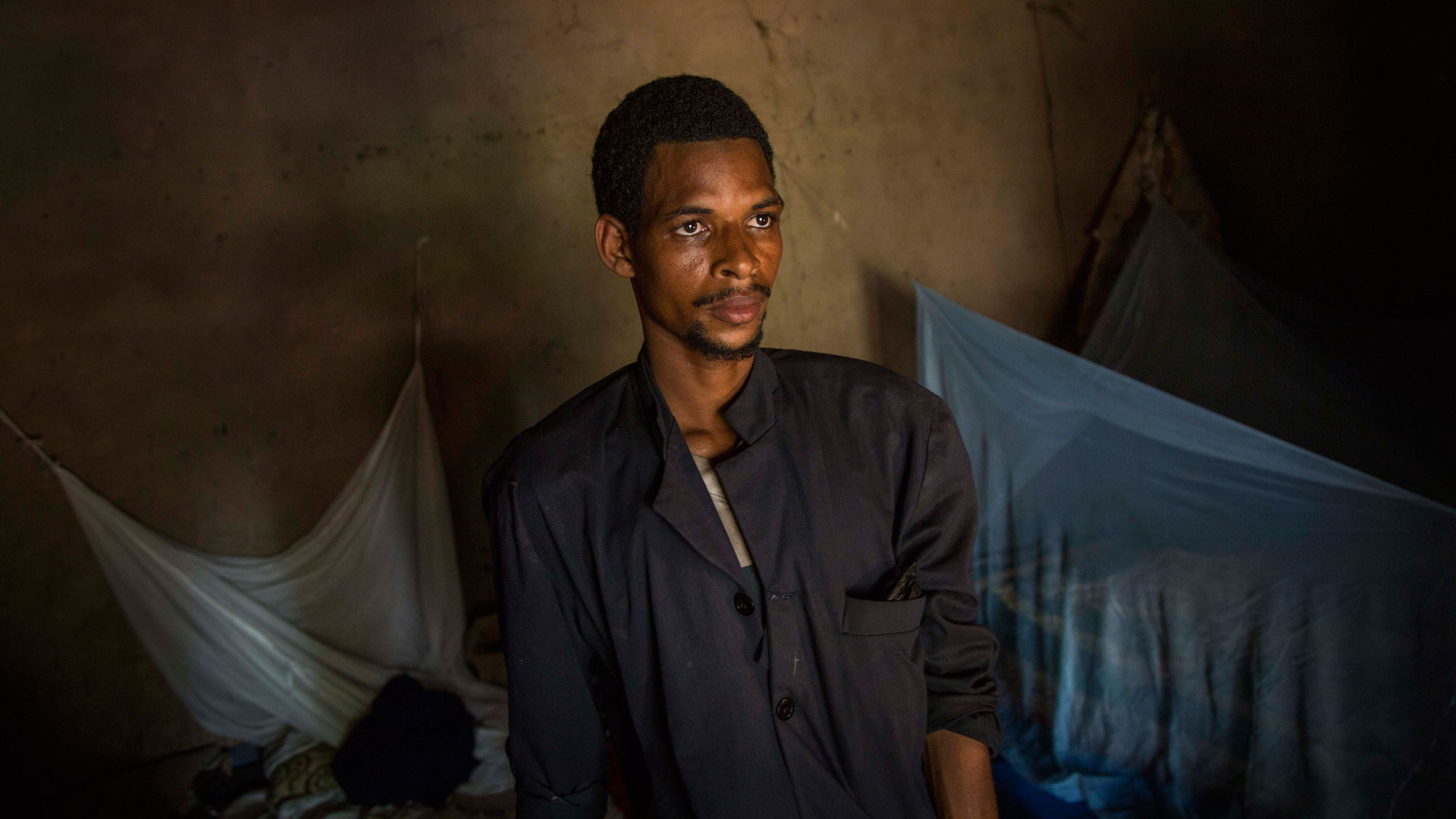
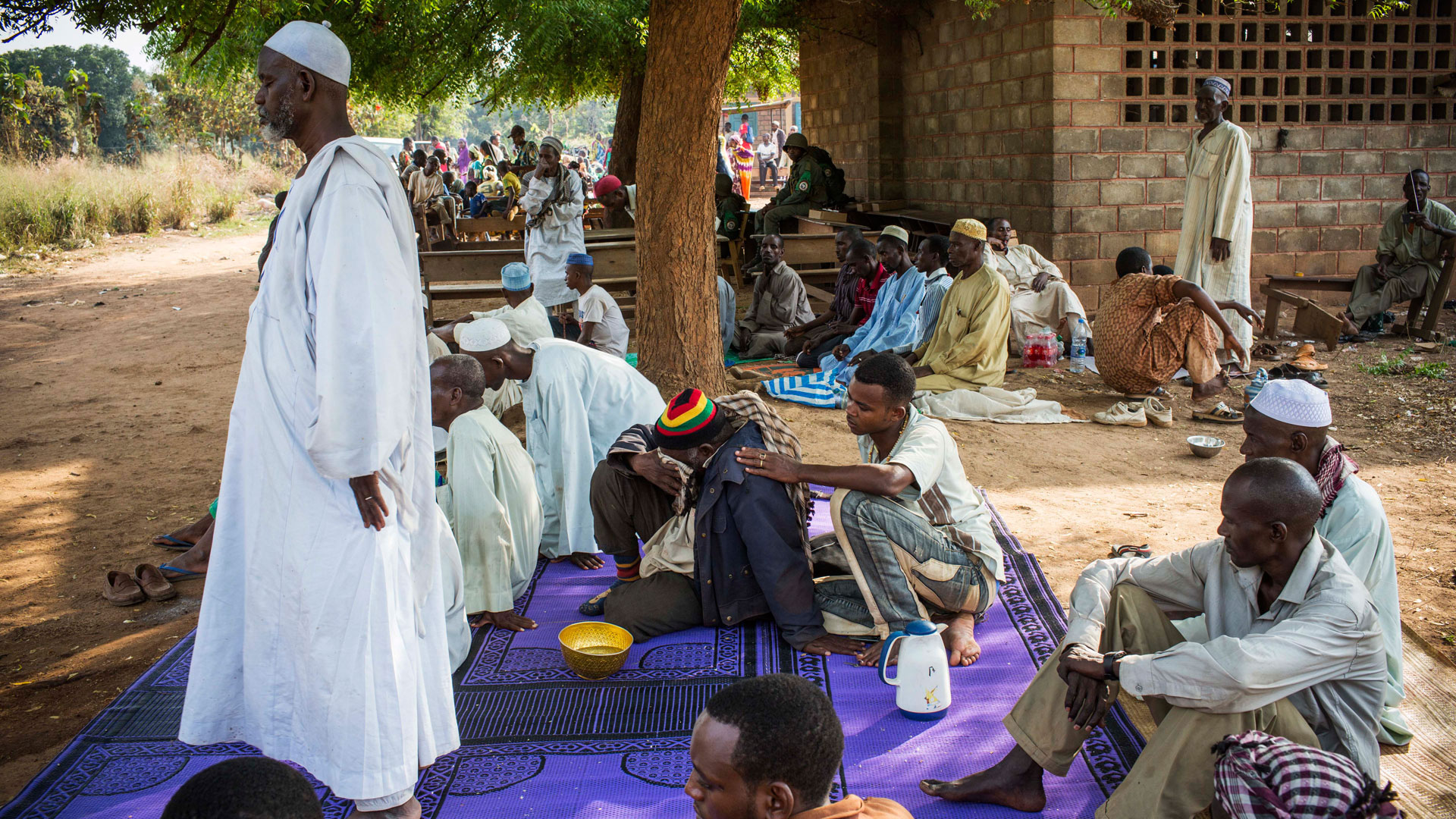
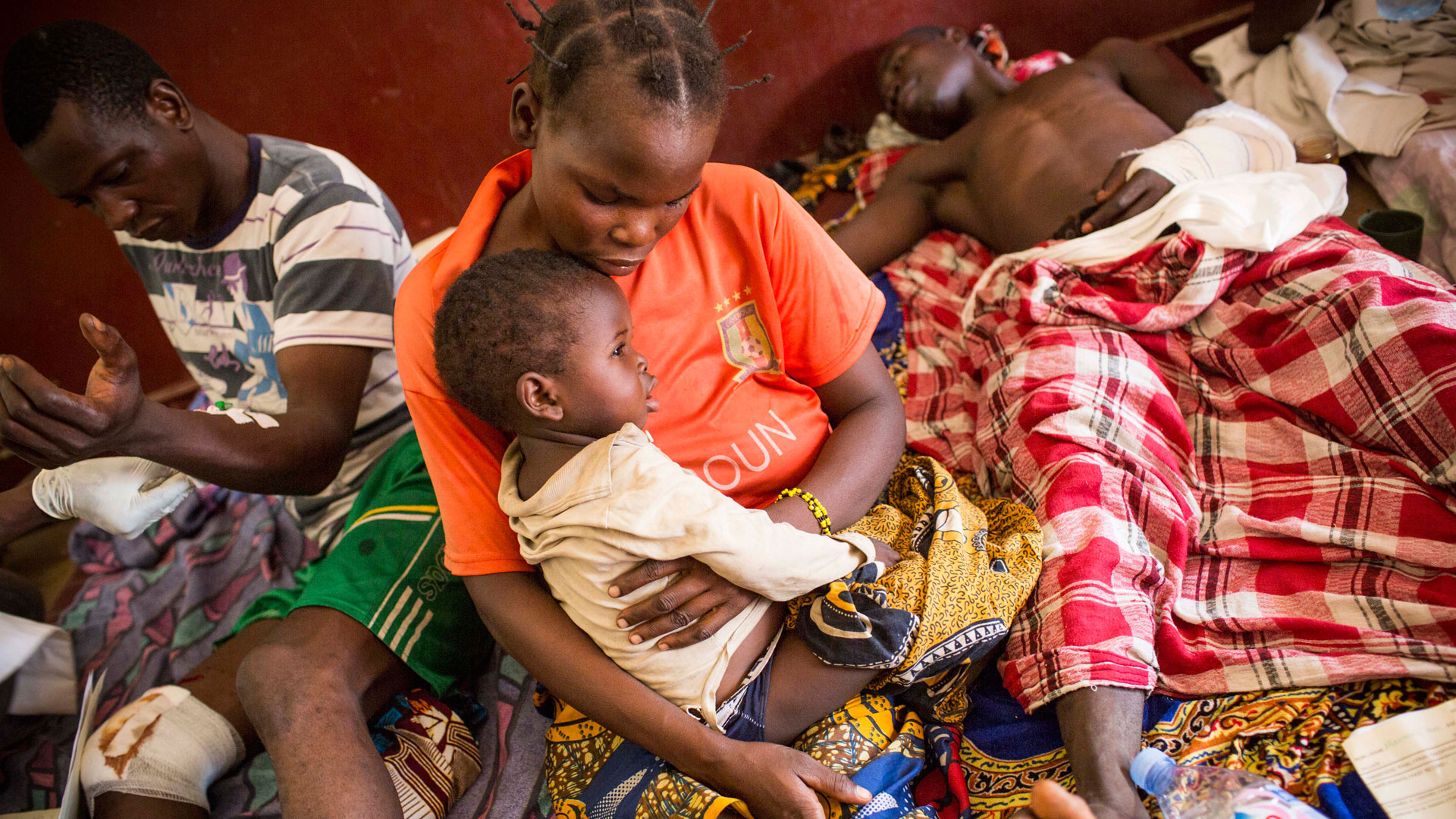
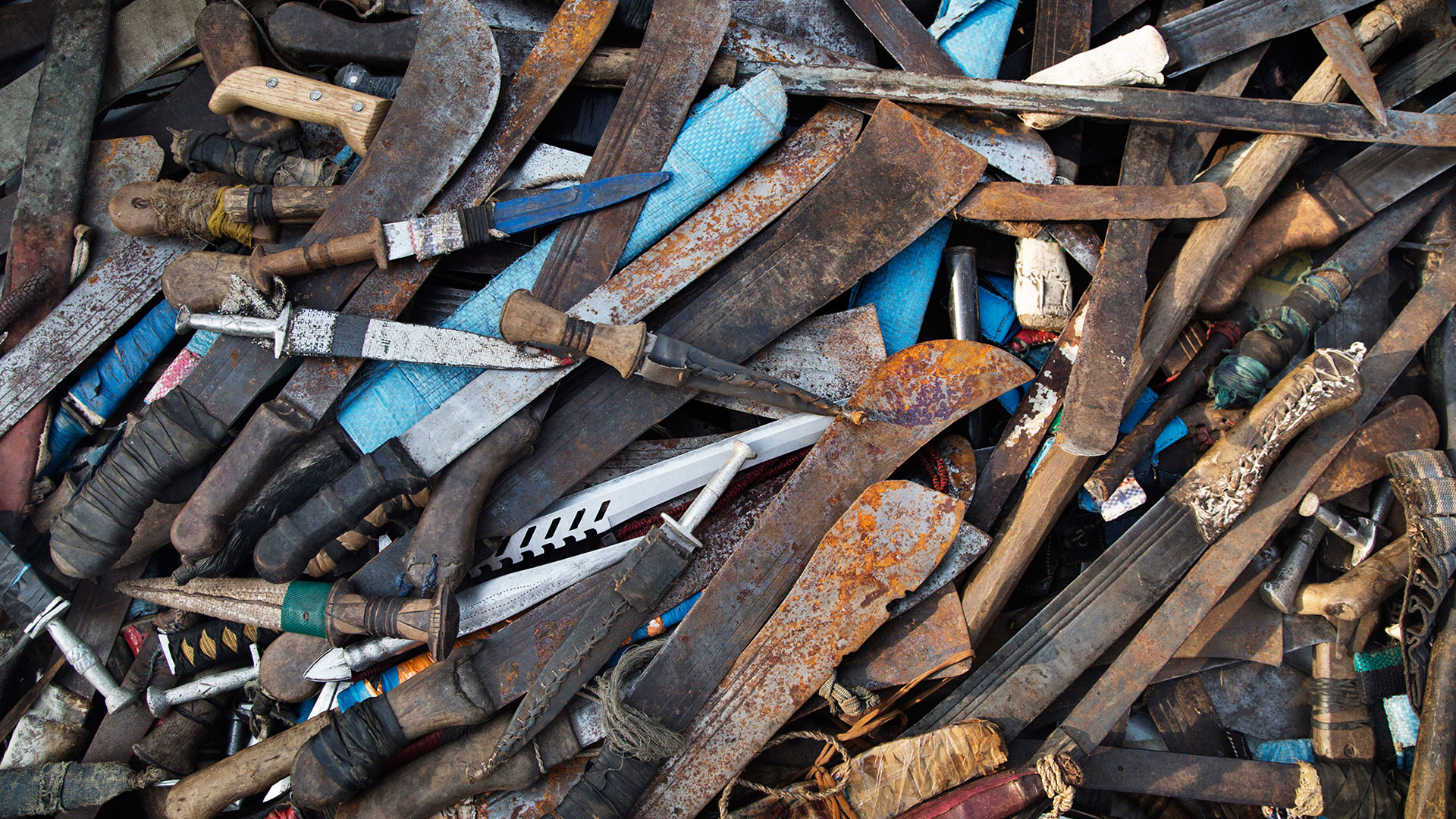




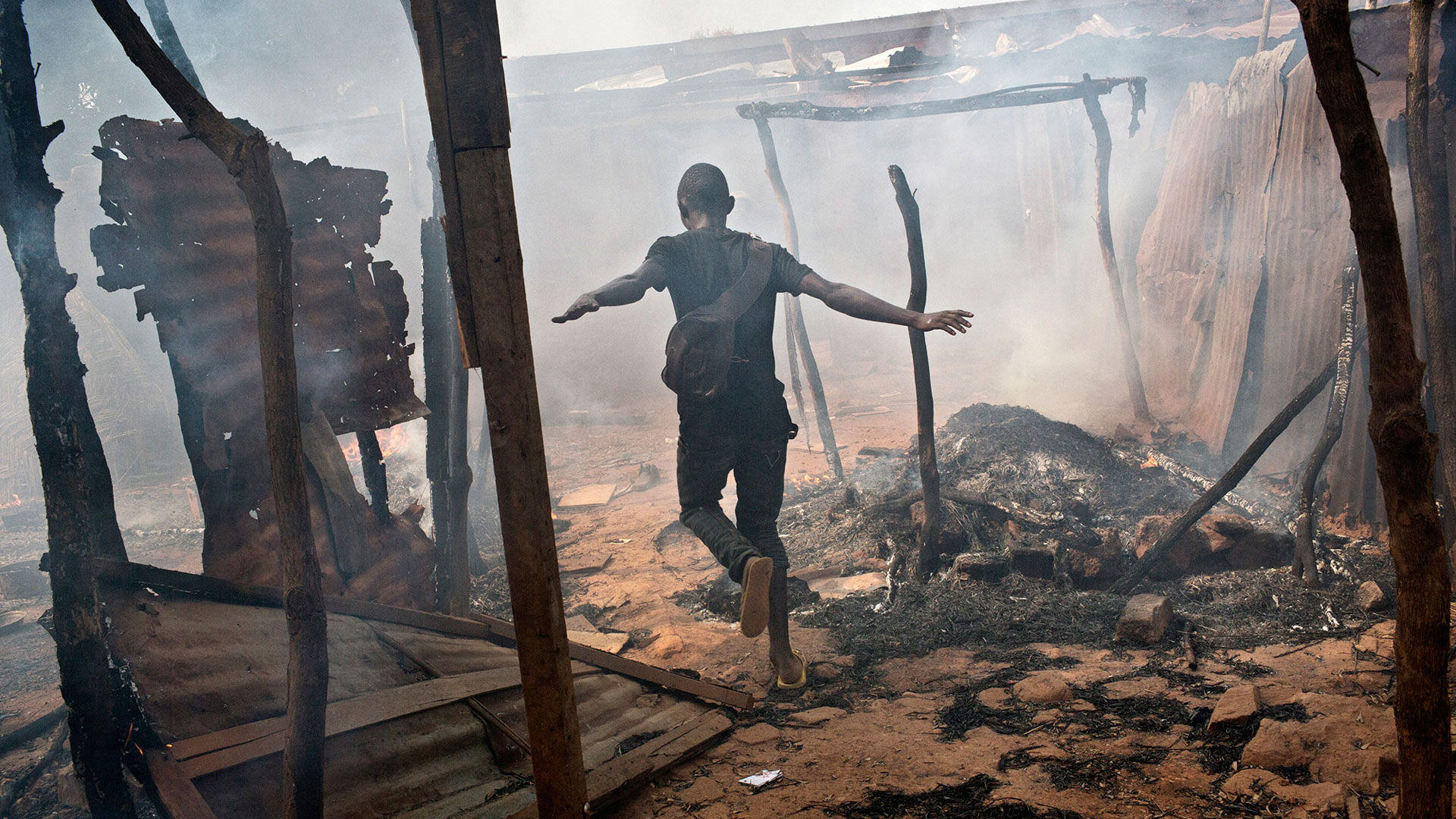
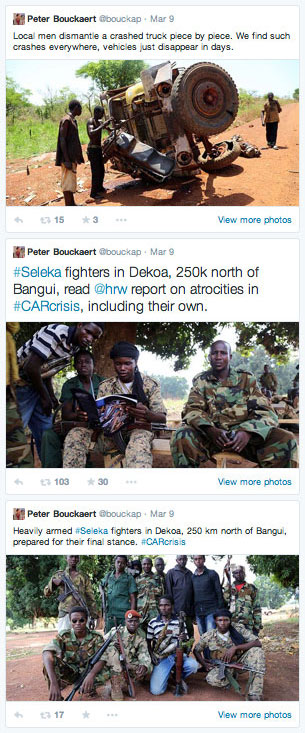
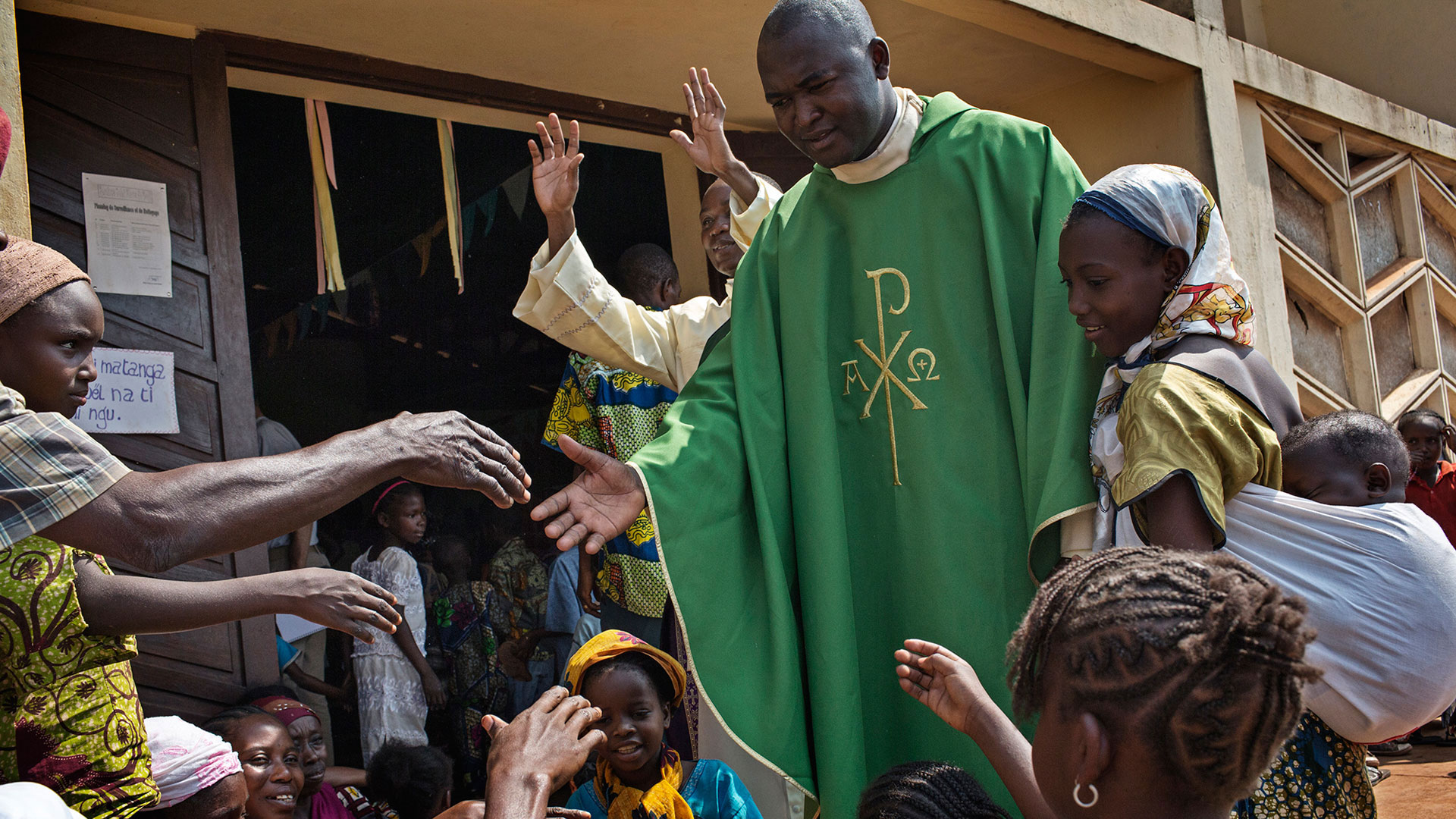


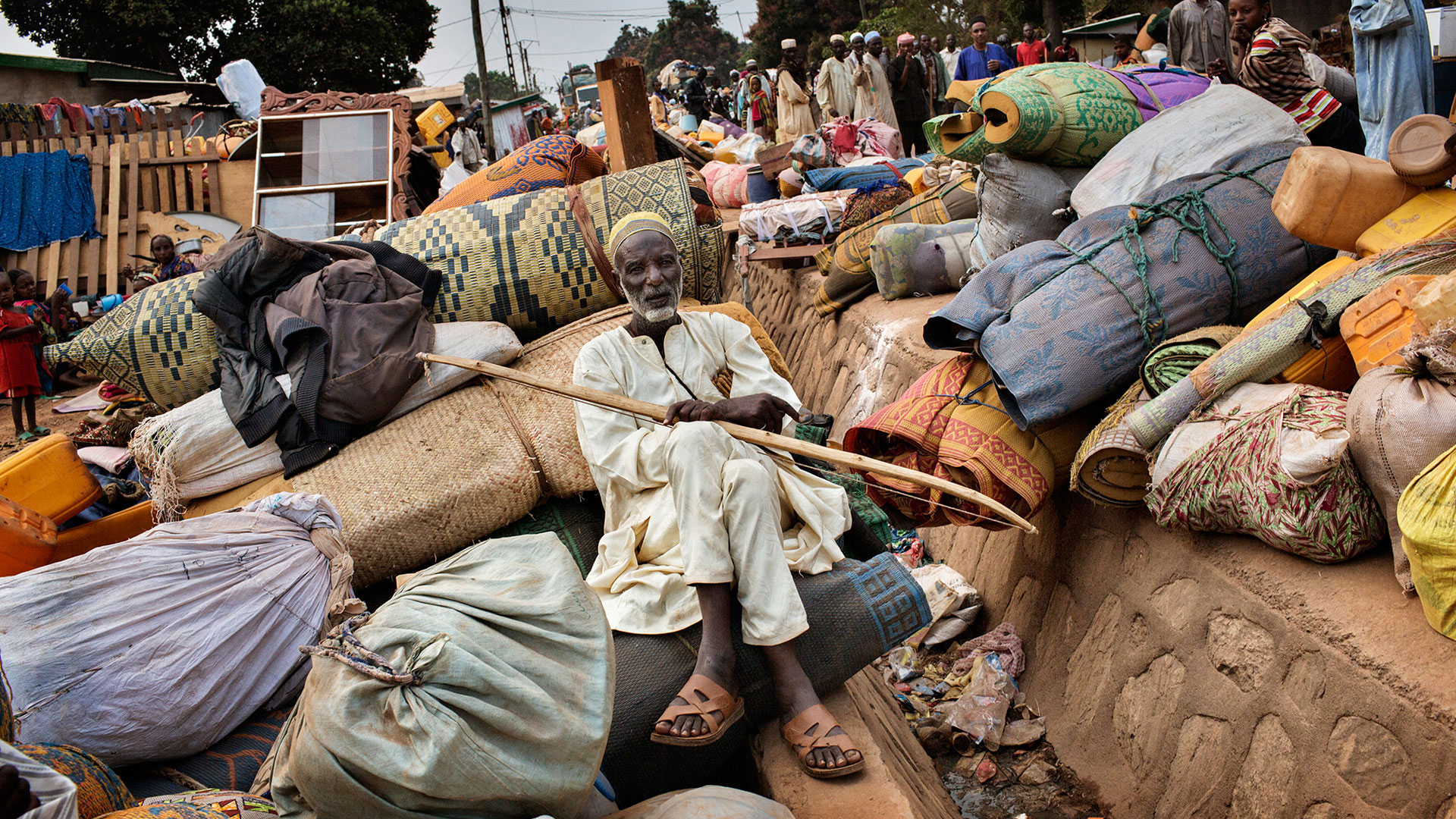




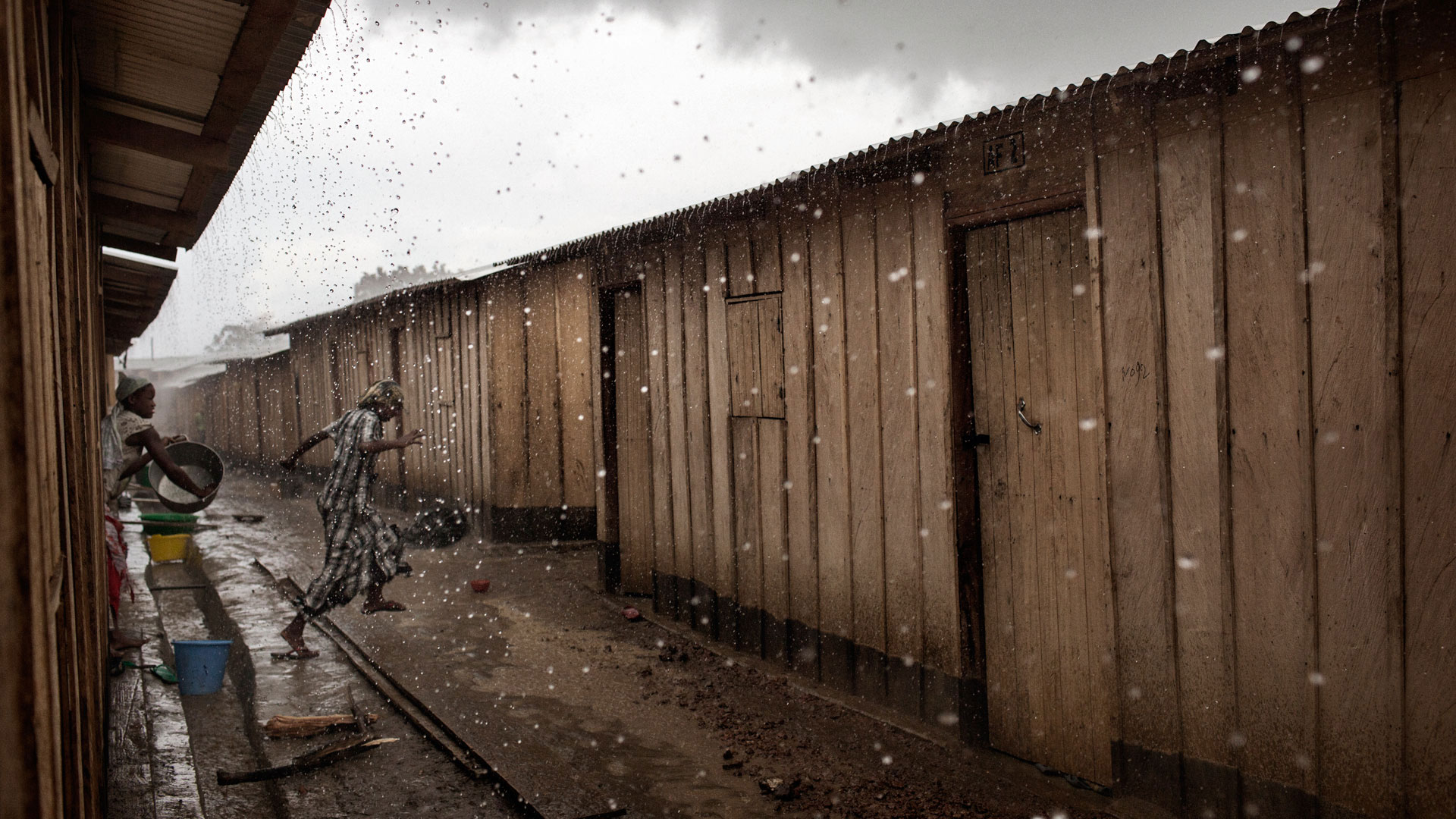
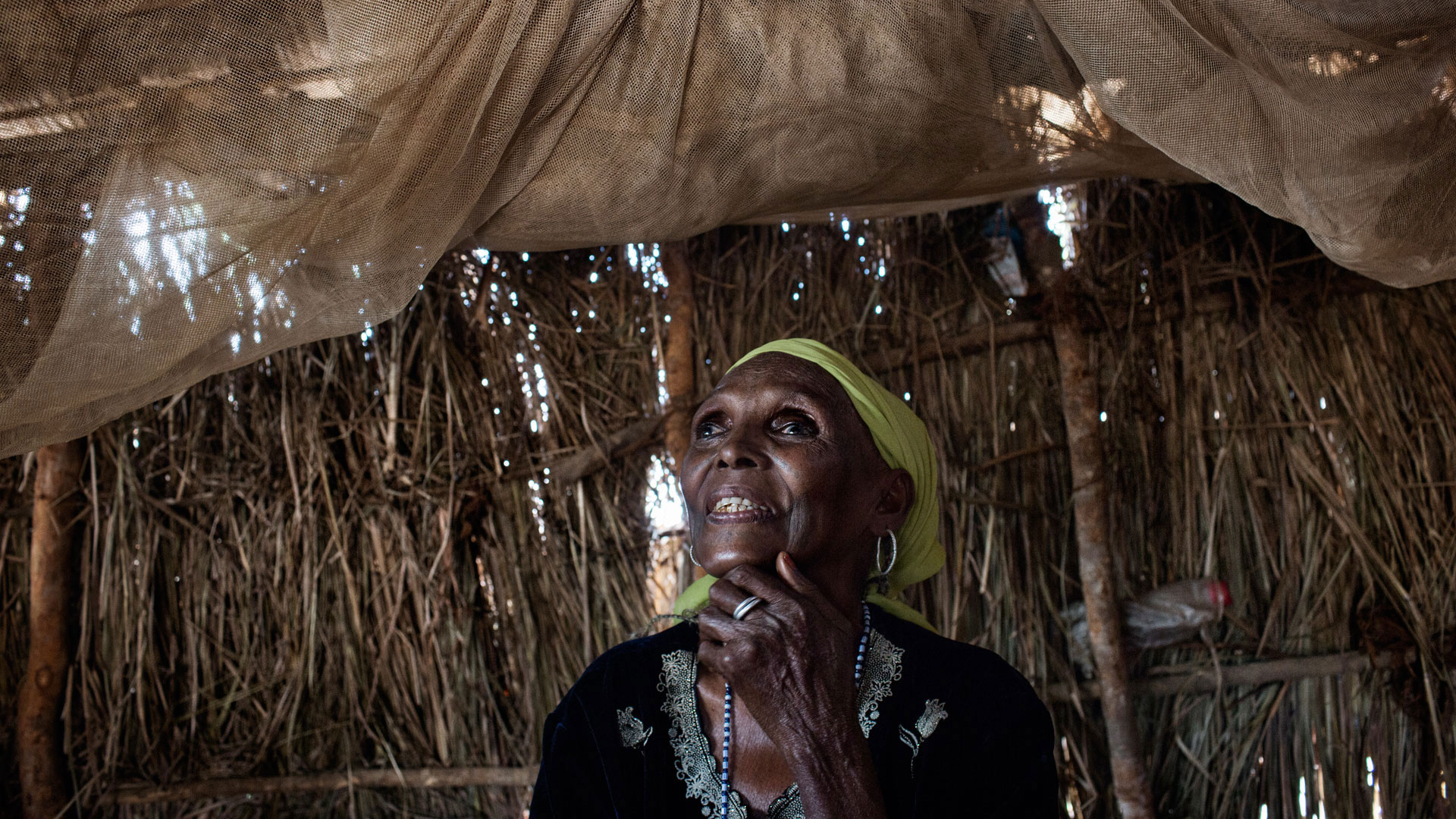

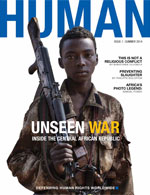 Download HUMAN magazine featuring the Central African Republic
Download HUMAN magazine featuring the Central African Republic